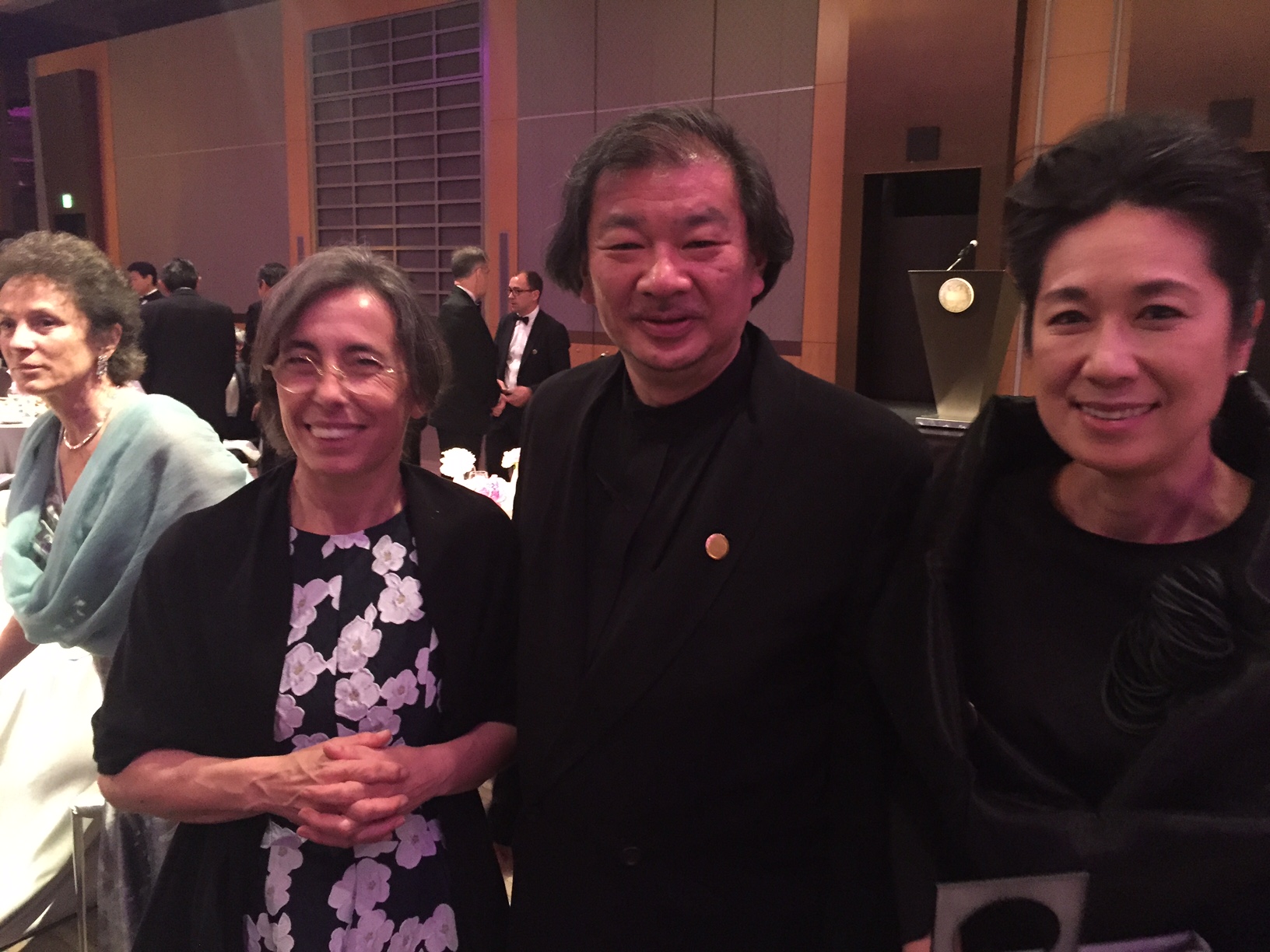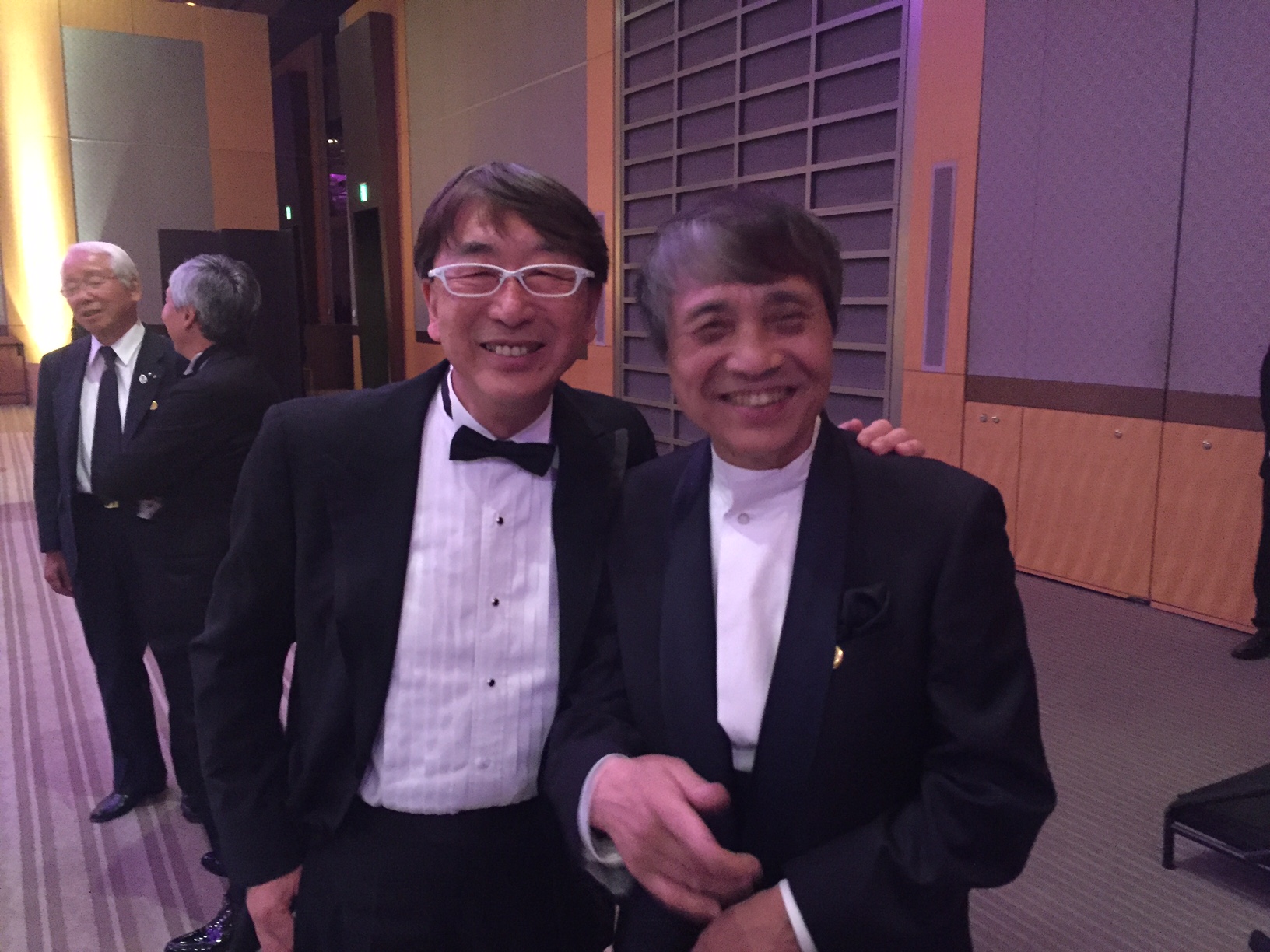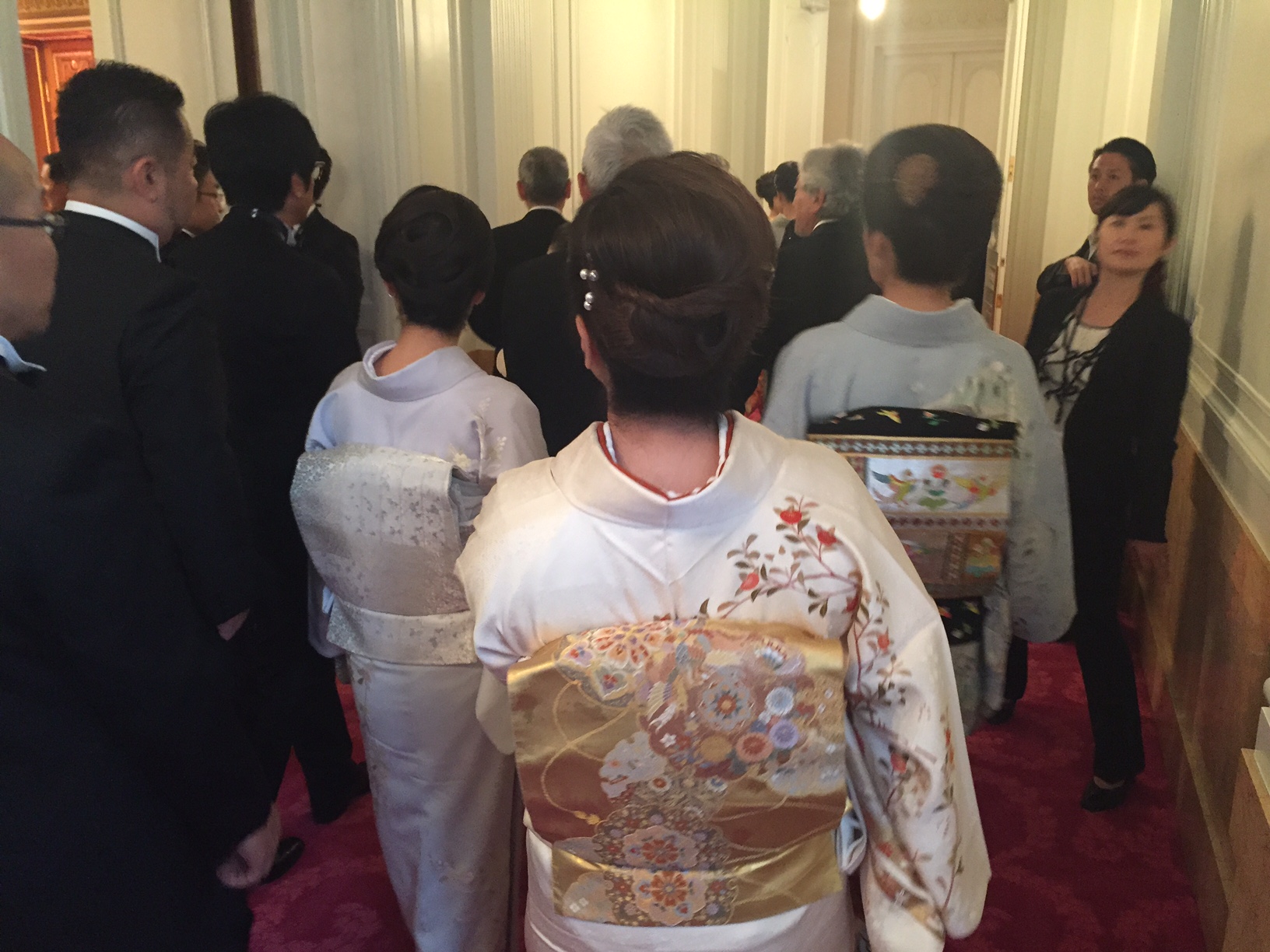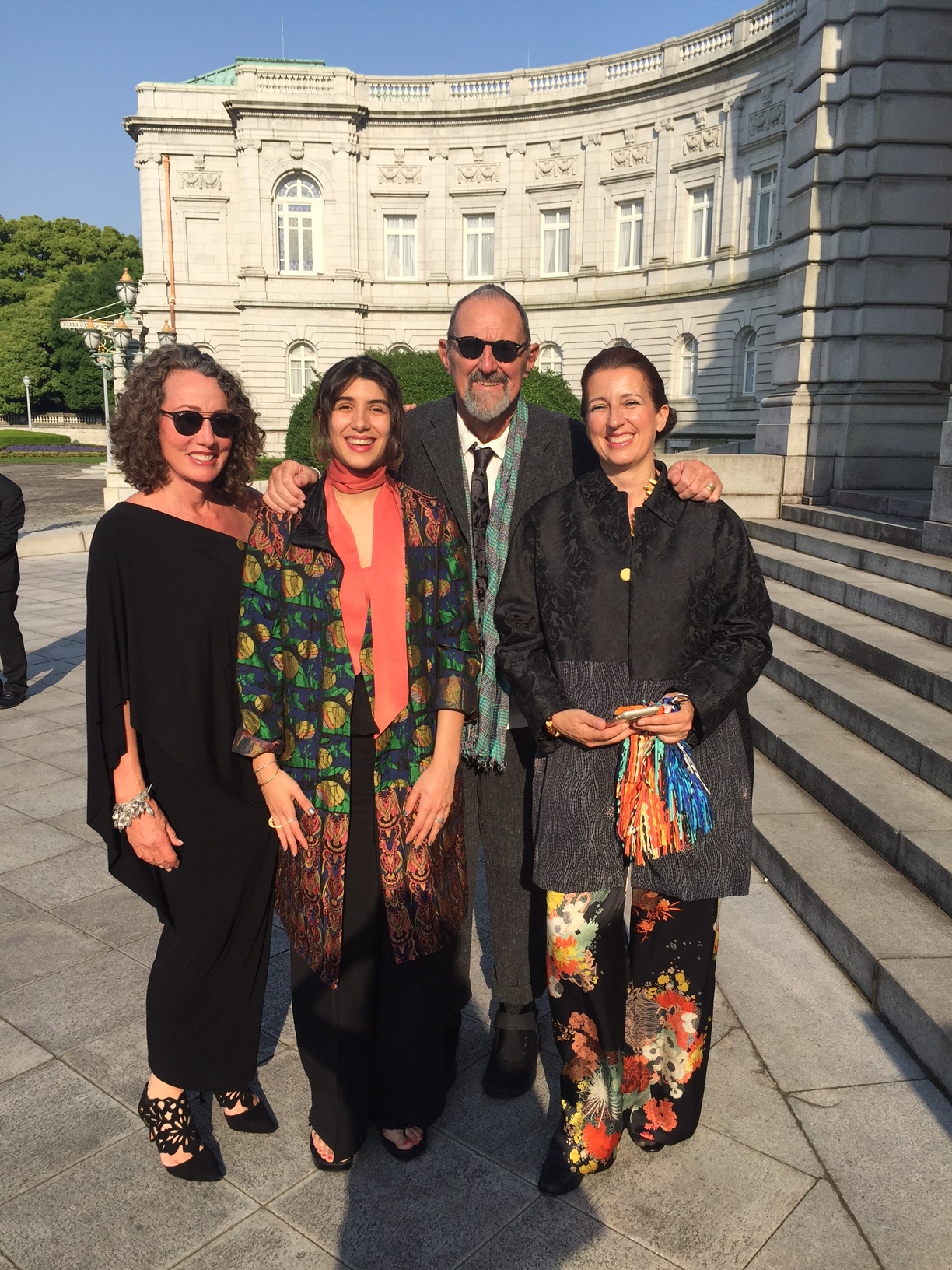The Pritzker Prize for Architecture--the “Oscar” of architecture for achievement for a body of work and generally conceded to be a bellwether of still more architectural promise--this year was awarded at the Imperial Guest House in Tokyo in the presence of the Emperor and Empress and distinguished guests to a modest, affable collaborative of Catalonians--Rafael Aranda, Carme Pigen and her husband Ramon Vilata. The professional ménage a trois whose practice was described as having much in common with a Japanese aesthetic of harmony with nature, refer to themselves as “six hands, one voice” who communicate in “spoken jazz”. The images of their low-rise kindergartens, senior citizen centers, restaurants and sports facilities stand in marked contrast to the soaring towers and twisted confabulations of some of the work of previous laureates. At a dinner following the ceremony, I was seated next to Shigeru Ban whose Aspen Art Museum is probably his most well known work in the US and whose affection for the US may derive from his Sci Arc and Cooper Union formation. His fellow Japanese laureates Tadao Ando and Toyo Ito were seen posing for photos together. Ito mentored the Sanaa principals whose work is sprouting not only in New York (New Museum) and Connecticut (The River) but also in Teshima, one of the museum islands of Japan, Kanazawa, at the Vitra campus in Germany. Ando's Naoshima Island project is now the art world destination in Japan and may be the first time I actually slept in a museum.
The 2017 Pritzer Prize



